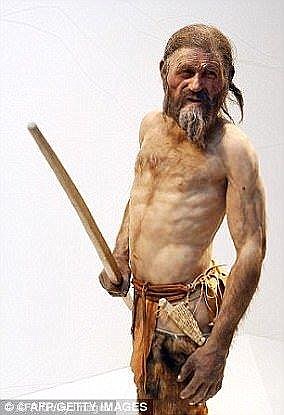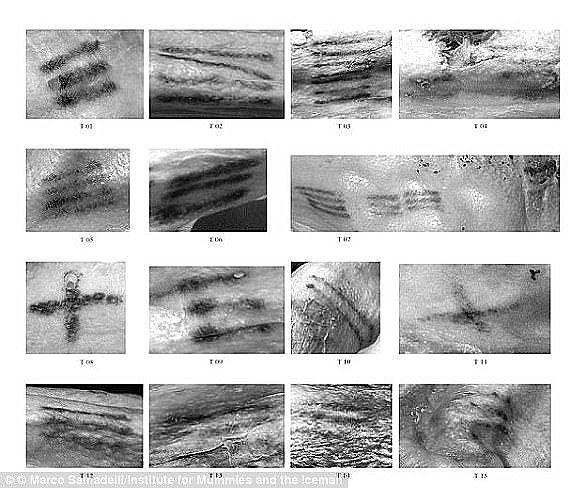Anyone getting a tattoo nowadays will likely have access to numbing cream and be inked using an electric machine.
So spare a thought for these mummies – whose intricate designs were likely etched on using cactus needle spikes and sharpened animal bones.
Researchers have used lasers to reveal highly detailed tattoos on the preserved remains of people who lived 1,200 years ago in Peru.
The team inspected more than 100 mummified individuals from the Chancay culture – a civilisation that began mass producing ceramics, textiles and metals around 900CE.
The preserved skin of the mummies shone brightly with the lasers, in contrast with the black tattoo ink.
And the resulting high-contrast images revealed previously hidden details of the tattoo designs.
The complex patterns were inked with a finely pointed object, possibly a single cactus needle or sharpened animal bone, the team said.
They also found the artistic details and precision of the tattoos exceed the designs seen on other pottery, textiles and rock art from the time – suggesting that some tattoos were the product of special effort.
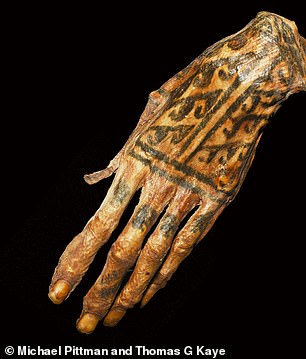
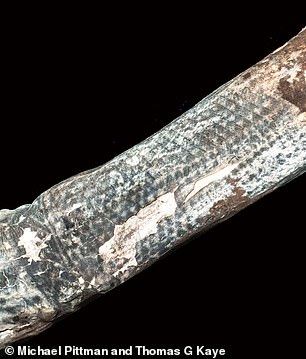
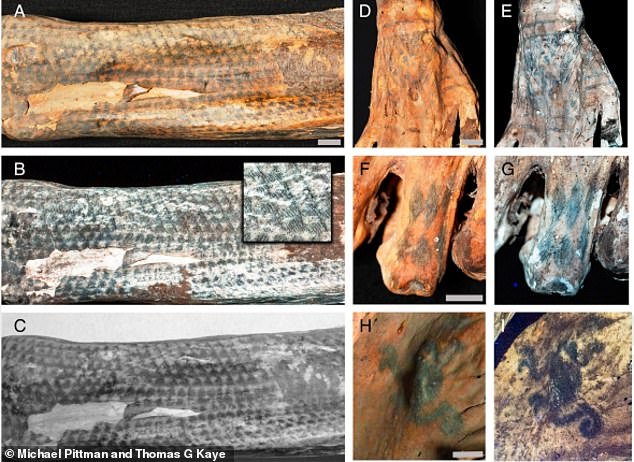
The team, from the Chinese University of Hong Kong, published their findings in the journal Proceedings of the National Academy of Sciences (PNAS).
They wrote: ‘Tattoos were a prevalent art form in pre-Hispanic South America exemplified by mummified human remains with preserved skin decoration that reflects the personal and cultural representations of their times.
‘Tattoos are known to fade and bleed over time and this is compounded in mummies by the decay of the body, inhibiting the ability to examine the original art.
‘Laser-stimulated fluorescence (LSF) produces images based on fluorescence emitted from within the target.
‘We find that the preserved skin fluoresced strongly underneath the black tattoo ink yielding a high-contrast image that virtually eliminates the ink bleed, revealing the exceptionally fine details of the original artwork.
‘The level of detail and precision of the artwork was found to be higher than associated pottery, textiles, and rock art suggesting special effort was expended by the Chancay on at least some of their tattoos.’
They added: ‘The 0.1 to 0.2 mm wide linear details reflect the fact that each ink dot was placed deliberately by hand with great skill, creating a variety of exquisite geometric and zoomorphic patterns.
‘We can assume that this technique involved a pointed object finer than a standard modern tattoo needle, probably a single cactus needle or sharpened animal bone based on known materials available to the artists.’
Recent research suggests that how much you like or dislike body ink could indicate your age.
Experts from the University of the Federal Armed Forces in Hamburg, Germany, discovered that those over the age of 50 rate extreme tattoos as less beautiful than the younger generation.
This could be due to traditional negative stereotypes linked to body art, they said.

